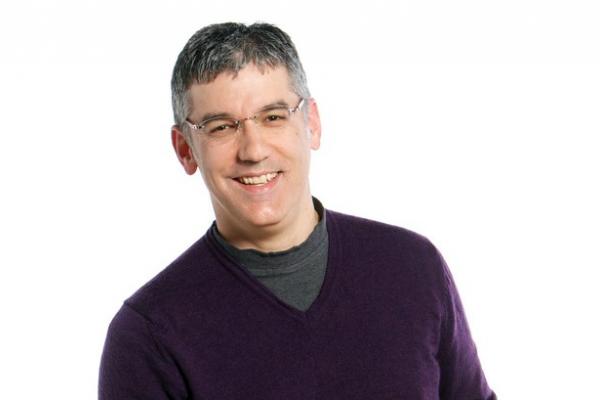
The Institute for Materials Research and the Institute for Optical Science present
Frontiers in Quantum Information Science and Engineering
A New Webinar Series from The Ohio State University
Quantum Computing with Atoms
Trapped atomic ions are the unique quantum computing physical platform that features qubits with essentially infinite idle coherence times. Such atomic clock qubits are controlled with laser beams, allowing densely-connected and reconfigurable universal gate sets. Unlike all other physical platforms for quantum computing, the path to scale involves concrete architectural paths, from shuttling ions between QPU cores to modular photonic interconnects between multiple QPUs. Full-stack ion trap quantum computers have thus moved away from the physics of qubits and gates and toward the engineering of optical control signals, quantum gate compilation for algorithms, and high level system design considerations. I will summarize the state-of-the-art in these quantum computers and speculate on how they might be used.
